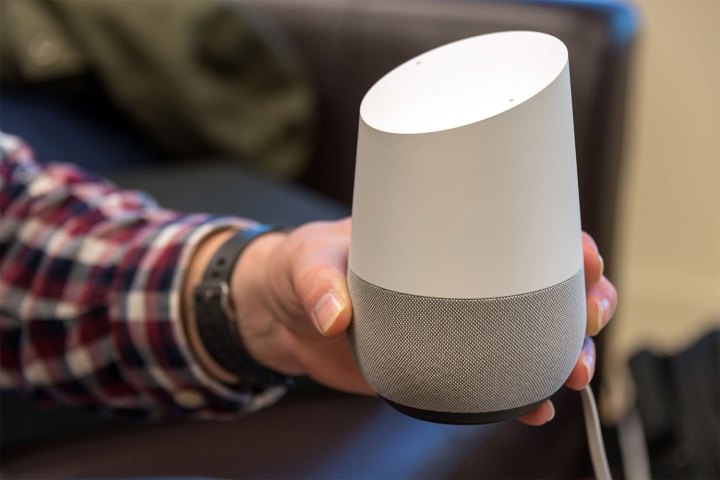
Google Home is the company’s Amazon Echo competitor, and it’s powered by the Google Assistant. You can ask the Assistant search queries, control smart-home products that are supported, cast Netflix to your TV if you have a Chromecast — you get the idea. The Assistant is available on the Google Pixel smartphone, and will gradually make its way to Android Wear smartwatches, Chromebooks, Android TV devices, and more. Google opened up Assistant to third-party developers in December.
While Google says more smart-home partners are “coming soon,” you can now use devices on Belkin’s WeMo platform such as smart switches, LED bulbs, as well as security cameras. Honeywell’s portfolio of products is now supported as well, including its smart thermostats. If you have products from these two platforms, all you need to do to set them up is open the Google Home app, swipe the left edge for the sidebar, and tap on “Home Control.” Press the plus sign on the bottom right to add your supported device.
But more importantly, Google says you’ll soon be able to control your smart home products with the Assistant on the Google Pixel. The company’s goal is to make Assistant able enough to perform the same functions across all devices to offer a consistent experience. Some features will be specific to the product, though, such as how you can play an emoji texting game with the Assistant in Allo, Google’s messaging app.
Assistant can do many things on the Home that it can’t on the Pixel, but there are some things it can do on the Pixel and not yet on the Home, like creating a reminder. This integration of Home Control for the Pixel is a small step, but it’s encouraging to see Google is committed to unifying the experience.

